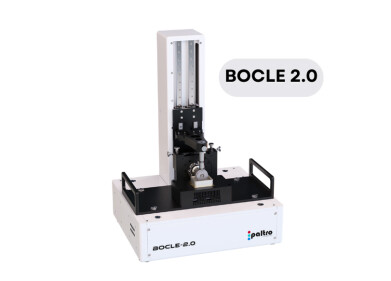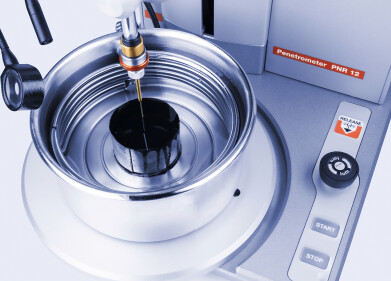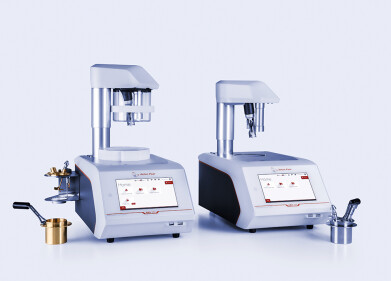Measurement and testing
How Does Thermal Polymer Characterisation Work?
Jun 25 2022
From assessing the viscoelastic properties of high-performance building materials to analysing crystallisation tendencies in drug compounds, thermal polymer characterisation techniques are used across a wide range of industries. Polymer characterisation data offers valuable insight into the structures and behaviours of polymer materials. This information is then used to educate and inform decision makers, solve problems and design smarter, more efficient products.
Read on to find out more about some of the different methods used for thermal polymer characterisation.
Differential Scanning Calorimetry (DSC)
DSC is one of the most common thermal polymer characterisation techniques used in modern laboratories. It’s used to assess how polymer materials respond to heat and to calculate important thermal transition temperatures. This includes glass transition temperature (Tg) and crystallisation temperature (Tc). Pharmaceutical scientists rely on DSC to assess drug compound behaviours and ensure active ingredients aren’t affected by temperature changes.
Thermogravimetric Analysis (TGA)
TGA uses weight changes to determine how a polymer material reacts to temperature fluctuations. The technique is useful for assessing how well building and construction materials resist processes such as decomposition and oxidation when exposed to heat.
Thermomechanical Analysis (TMA)
TMA is less common than techniques such as DSC and TGA, but important nonetheless. The technique assesses how temperatures affect the ability of a polymer material to change and deform when exposed to force.
Dynamic Mechanical Thermal Analysis (DMTA)
DMTA characterises the mechanical properties of polymer materials as a function of temperature. It’s particularly useful for assessing the viscoelasticity of polymers, with sinusoidal force used to apply stress to the material. Strain is then measured and used to calculate viscoelasticity.
The technique is used to characterise a variety of polymer materials, including Polymer Nanocomposites (PNC). Made up of a polymer matrix embedded with small particles, PNC materials often boast desirable properties such as exceptional mechanical strength and heat resistance. For this reason, they’re used to construct everything from children’s toys to jumbo jets, cars and wind turbine blades used in the green energy sector. More recently, PNC materials have been used to develop advanced nanocomposite-based drug delivery systems.
DMTA is a gold-standard way to characterise Polymer Nanocomposites and improve product performance. Whether designing a solar photovoltaic cell to store energy or a drug delivery system to amplify the pharmacological activity of active ingredients, DMTA helps product engineers enhance performance and designer smarter products.
A multifaceted approach to polymer analysis
Thermal polymer characterisation is one of the most useful techniques for analysing polymer materials. However, it’s not the only method used by scientists. Find out more about other widely used methods, including Chromatographic and Spectroscopic techniques, in ‘Polymer Characterisation - Techniques, Types & Properties’.
Digital Edition
PIN 25.6 Buyers' Guide
January 2025
Buyers' Guide Directory - Product Listings by Category - Suppliers Listings (A-Z) Articles Analytical Instrumentation - ASTM D7042: The Quantum Leap in Viscosity Testing Technology -...
View all digital editions
Events
Jan 20 2025 San Diego, CA, USA
Jan 22 2025 Tokyo, Japan
Jan 25 2025 San Diego, CA, USA
SPE Hydraulic Fracturing Technology Conference and Exhibition
Feb 04 2025 The Woodlands, TX, USA
Feb 05 2025 Guangzhou, China



















